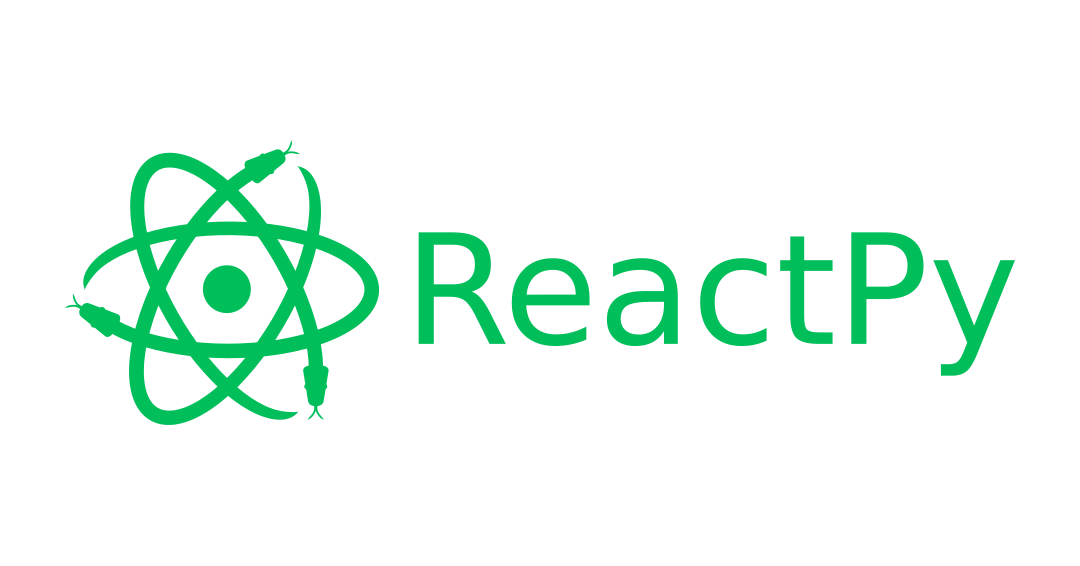
Title: Getting Started with ReactPy: Your Path to Building Dynamic Web Applications
Are you excited about creating dynamic and interactive web applications? Look no further – ReactPy is your gateway to building robust user interfaces with ease. In this guide, we’ll take you through the essential steps to kickstart your journey into the world of ReactPy and empower you to craft stunning web experiences.
What is ReactPy?
ReactPy is a Python library that brings the power of React, a popular JavaScript library for building user interfaces, into the Python programming ecosystem. With ReactPy, you can leverage the benefits of React’s declarative approach and component-based architecture while coding in Python.
Step 1: Set Up Your Development Environment
Before diving into ReactPy, ensure you have Python installed on your system. You can use a virtual environment to manage dependencies and keep your project isolated. Once that’s done, you’re ready to install ReactPy using pip:
pip install reactpyStep 2: Create Your First ReactPy Component
Let’s start by building a simple “Hello World” component. Create a new Python file, e.g., app.py, and import the necessary modules:
from reactpy import reactpy
@reactpy
def HelloWorldComponent(props):
return reactpy.createElement("h1", None, "Hello, ReactPy!")
if __name__ == "__main__":
reactpy.render(HelloWorldComponent(), "root")Step 3: Run Your Application
Run your application by executing the following command in your terminal:
python app.pyOpen your web browser and navigate to http://localhost:3000. You should see the “Hello, ReactPy!” message displayed.
Step 4: Building More Complex Components
As you become comfortable with the basics, you can start creating more complex components and arranging them into a hierarchy. Utilize ReactPy’s component lifecycle methods, such as componentDidMount and componentDidUpdate, to manage state and interactions.
Step 5: Explore Additional Features
ReactPy offers a variety of features that you can explore to enhance your applications. Dive into state management, routing, and integrating third-party libraries to extend your app’s functionality.
Step 6: Learning Resources
While ReactPy is still relatively new, you can tap into your existing knowledge of React.js to understand its concepts better. The official React documentation, tutorials, and online communities can be invaluable resources in this regard.
Conclusion
With ReactPy, Python developers can embrace the world of dynamic web development without leaving their comfort zone. By following these steps, you’re well on your way to crafting engaging and interactive web applications using the power of ReactPy. So, roll up your sleeves, start coding, and watch your web projects come to life!
